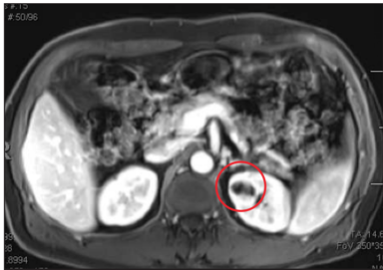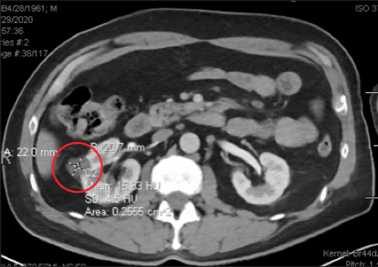Subtleties Drive Treatment
A series of three cases at NYU Langone Health illustrate how management is evolving for small renal masses (SRMs), says urologic oncologist William C. Huang, MD, a member of the American Society of Clinical Oncology Guidelines Panel for SRMs.
Instead of radical nephrectomy, Dr. Huang and colleagues increasingly opt for kidney-sparing options including active surveillance, ablation, or partial nephrectomy. The shift reflects earlier SRM detection due to imaging advances, plus a relatively low risk of disease progression.
Here, the first two cases were treated with robotic partial nephrectomy, the third, active surveillance.
Dr. Huang notes that currently, the majority of patients with SRMs in the United States still receive immediate, active treatment. He attributes this to reactivity and biases in risk perception.
“Up to 20 percent of surgically resected SRMs are benign. In spite of the exceedingly low risk of cancer spread, there is still a great amount of anxiety among patients and referring providers prompting immediate treatment for cancers that can be appropriately closely monitored.”
“We must educate patients and providers about the very low oncologic risk attributable to SRMs.”
William C. Huang, MD
Oncocytomas, such as in the first case, have overlapping features with malignant renal masses and can appear similar to clear cell renal carcinoma on imaging, Dr. Huang says, emphasizing pretreatment imaging or biopsy to differentiate this benign lesion from kidney cancer. Comprehensive imaging, such as in the second case, can support Bosniak classification but still can fail in accurately differentiating a cystic renal cell carcinoma from a benign complex cyst.
The third case reinforces the need to consider whether a patient will truly benefit from any treatment, regardless of risk. Dr. Huang’s team opted for active surveillance for this patient—who died five months later due to a comorbidity. Says Dr. Huang, “We must educate patients and providers about the very low oncologic risk attributable to SRMs, allowing them to make informed treatment selections.”









